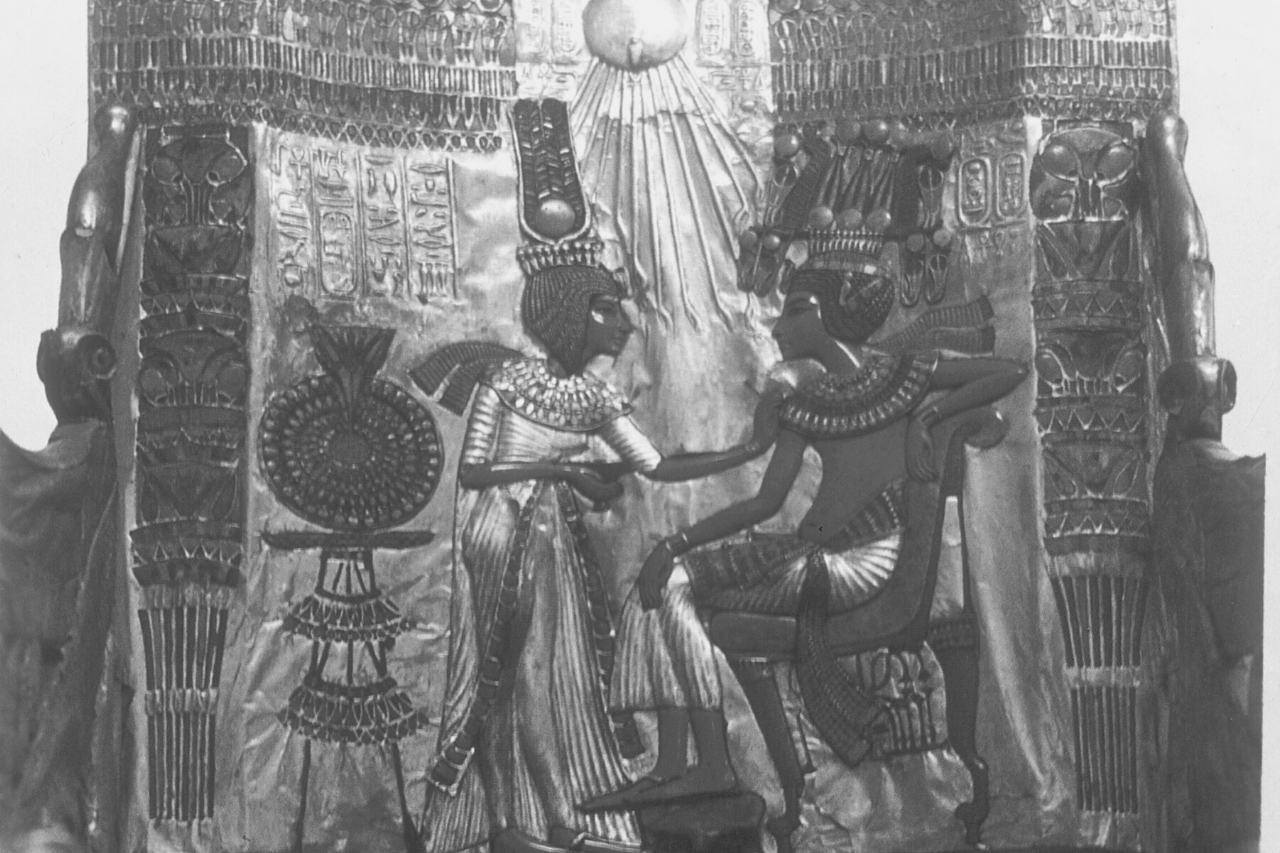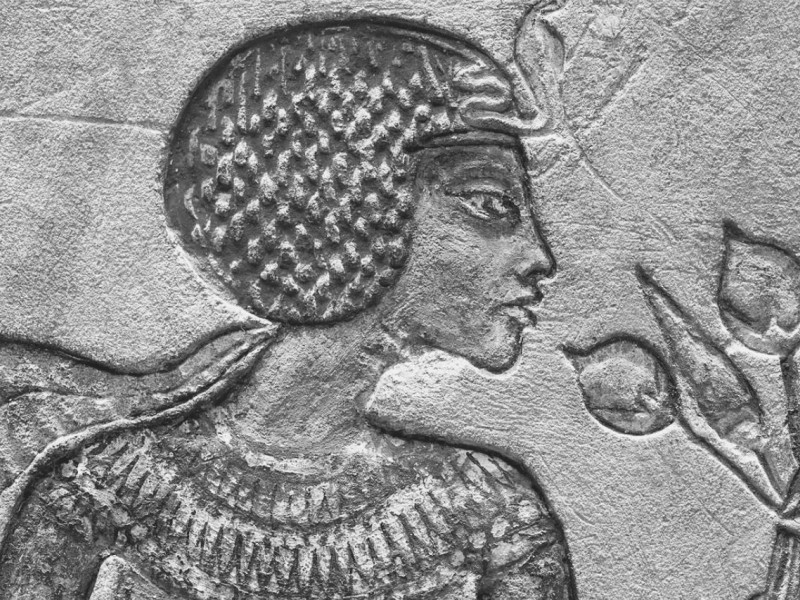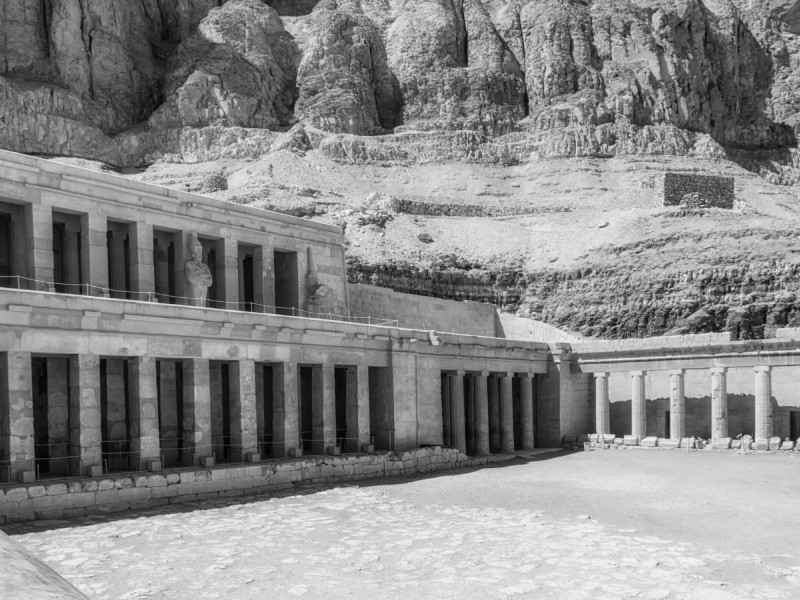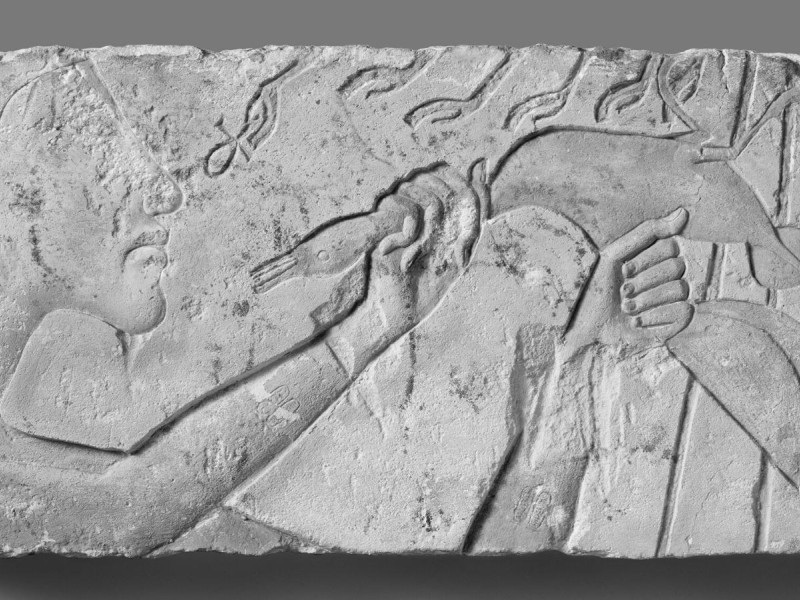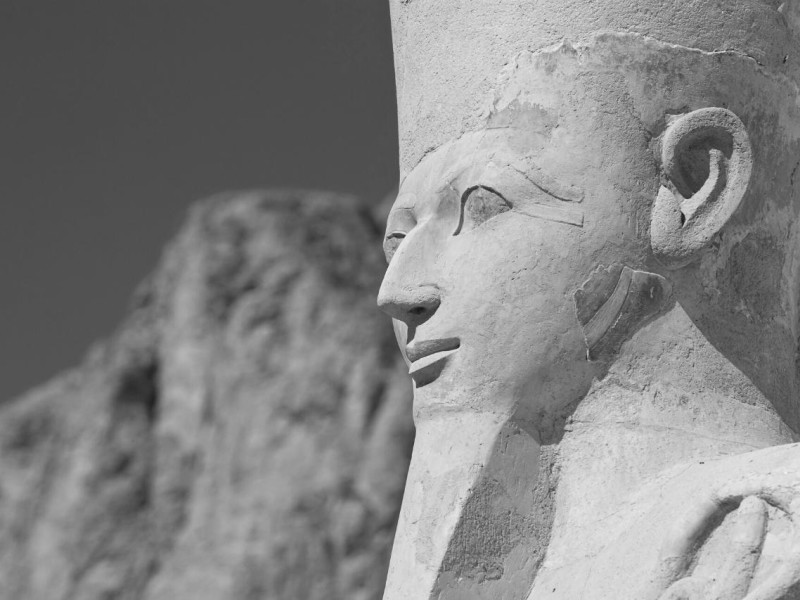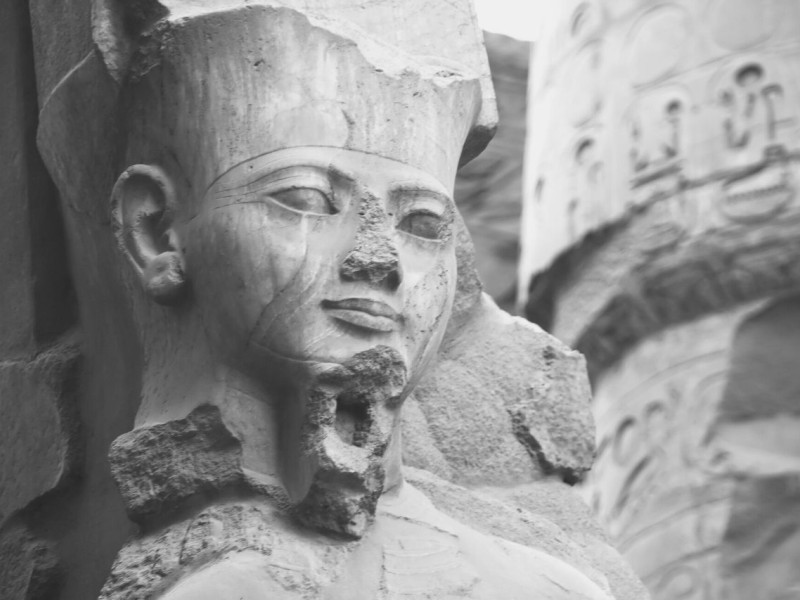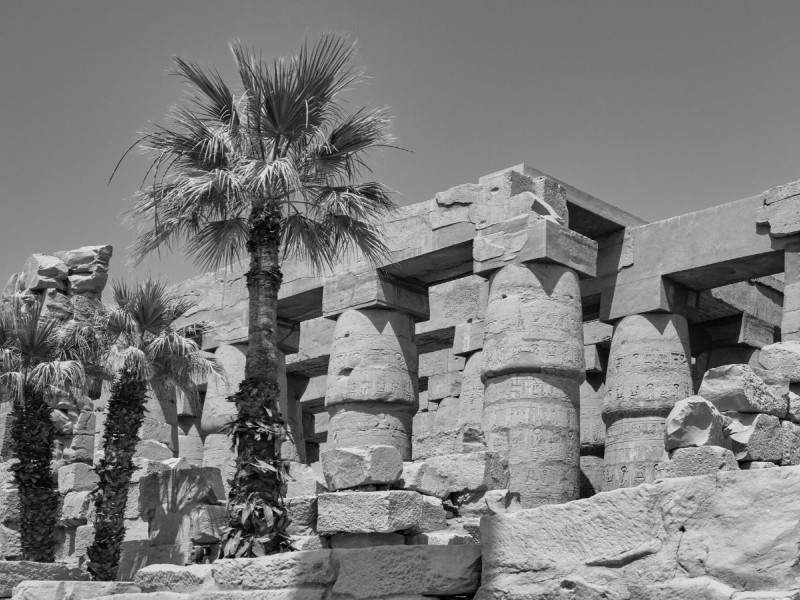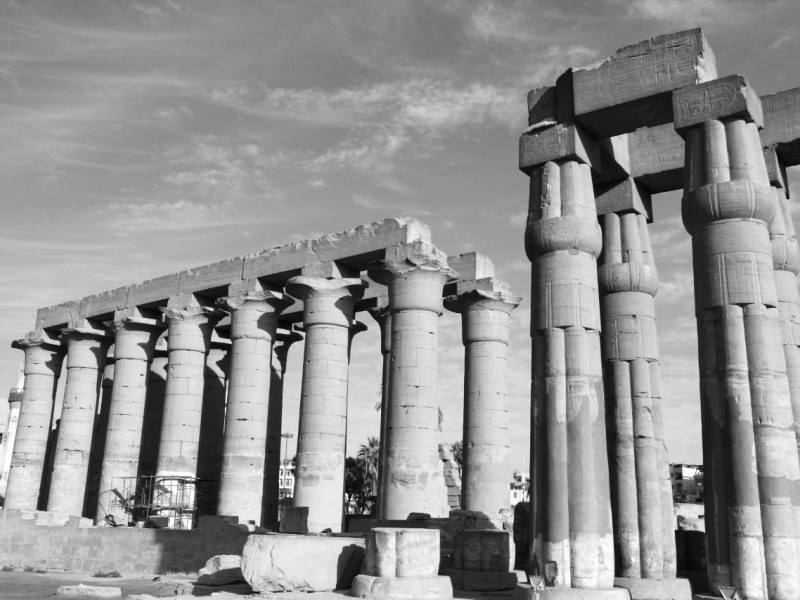Ankhesenamun: The Mysterious Fate of an Ancient Egyptian Queen
The accounts of Ankhesenamun are some of the most celebrated stories in the ancient history of Egypt, although her reign was short compared with that of her predecessors. You can learn about the mystery and strength of her character by reading this article.
With her original name being Ankhesenpaaton, Ankhesenamun became popular in the second millennium BC as the queen of Egypt (1332 – 1322 BC), a royal sovereignty she shared with her teenage husband, King Tutankhamen (1332 – 1323 BC).
Although young, people knew Ankhesenamun for her image as Tutankhamun’s wife, especially as her husband was full of vision for the people. During their reign, Tutankhamun and Ankhesenamun restored the ancient religion of Egypt, which was earlier dismantled by their father, Pharaoh Akhenaten.
Who Was Ankhesenamun?
Born to a religious royal family, Ankhesenamun was the third daughter of Akhenaten and Nefertiti. Her family was instrumental in the massive cultural development in the Amarna Period. Based on the earliest findings, you could assume that she was married to her own father until the end of his reign.
The marriage was blessed by a daughter: Ankhesenpaaton-tasherit, or “the beloved Ankhesenpaaton the Younger”. When Tutankhamen became king at the age of nine, the two young royals got married. You might probably estimate that she was only around 12 years old when the marriage happened.
King Tutankhamen was more fondly called King Tut, and he was well-loved by his people even during his short reign as king. He also gained more popularity when his tomb was accidentally discovered and revealed his untouched body, which is something uncommon for a dead body in ancient times. Ankhesenamun became extensively known as King Tut’s wife, the great royal wife.
Understanding the Royal Family
To fully comprehend the mystery behind the House of Akhenaten, one should gather all the facts that can disclose the truth about the family. Pharaoh Akhenaten and Queen Nefertiti had six daughters, of which Ankhesenamun was the third. Akhenaten made an ambitious plan to consolidate his royal power, and he started changing the government seats.
Pharaoh Akhenaten, though, made a colossal mistake of pursuing a monotheistic religion. This led him to dissolve all traces of the traditional religious practices of the people.
It was an offensive move against the people’s will, particularly the priests who were the backbone of his throne. The priests lost their power in the new system, and the king could not count on the support of the people. It was a decision that weakened his royal throne.
To gain more support, he started conceiving children with his daughters. Here’s when he married Ankhesenamun to build a dynasty and keep him in power. Archeologists were appalled to see symbols and stories on walls and tombs featuring pregnancies and fetal death.
You could imagine that the political scenario was shaken by the massive change in the government and religious sectors. Needless to say, the royal throne struggled vis-a-vis the clamor of the people for peace and order.
Religious Beliefs of the Royal Family
Marriage played a significant role in the lives of ancient Egyptian royals. They resorted to power, prestige, and authority, and they kept their name, allegedly for the sake of their kingdom.
You may have heard that they believed in their heavenly origin as descendants of gods or representation of gods on earth. To keep this royal bloodline, they practiced incest or interfamily marriages to secure their position in the leadership of Egypt.
Knowing that they were descendants of gods and deities gave the Egyptian royals the pride to continue their tradition of governing the entire country with pure blood. With their immaculate innocence about the physiological side effects of incestuous marriage, they suffered from numerous congenital problems.
You might now see why even Tutankhamun was suspected of inbreeding, which might have caused the miscarriages of his wife. Moreover, there were reports of babies with a clubfoot and serious hereditary issues. With her faith, Ankhesenamun was challenged to bear her family’s legacy.
Akhenaten and His Children
Do you know that Ankhesenamun and King Tut were half-siblings? They shared the same father, but they had different mothers. This was documented in the annals of history during her reign.
The Ankhesenamun family tree also revealed that, after the demise of King Tut, she was married to Ay, the king who succeeded the young King Tut and was also her maternal grandfather. Her complicated marital relationships, although short-lived, were popular.
Historians believed that Ankhesenamun was born in Thebes and was raised in the city of Akhetaten (also called Amarna), the new capital during her father’s reign. When her father and husband, Pharaoh Akhenaten, died, and the kingdom was passed on to his young son, Tutankhamun.
To complete his royal duty, he got married to Ankhesenamun, which made her queen of Egypt at a very young age. They shared the rule of ancient Egypt, but tragedy struck the royal family when Tutankhamun suddenly died after only a few years of ruling Egypt.
This misfortune made her marry her grandfather, Ay. You must know that she already accepted her position as the queen, but complicated events challenged her wisdom.
After the reign of her husband, King Ay, Queen Ankhesenamun disappeared and was never heard in history. She was not given any proper monument as the queen or as a royal wife.
Archeologists have tried to look for her tomb or bones, but she has never been found. There has been a massive campaign to look for Ankhesenamun mummy, but only chains of speculations appeared.
The Political and Religious Struggle
Akhenaten rewrote history when he turned his back on the ancient gods and replaced them with the worship of Aten, the sun disc. Turning his back on old gods also meant abandoning the loyalty of priests, which proved to be politically dangerous for him because he provoked the faith of the people and the will of the priests.
The entire city-state was agitated when Akhenaten ordered the moving of temples. With the priests losing their authority, the army was called to maintain the stability of the state. Akhenaten’s ambitious dream did not progress. He died early, which brought Tutankhamun to the throne.
Immediately when Tutankhamun came to power, the state was pulled back to its rightful place. He married the young Ankhesenamun, and the two of them tried to overcome the religious chaos that the country suffered. The priests were called back to their posts, and the government was driven to its peaceful and orderly ways.
In this line, you could perhaps feel the excitement of the people to be free again in worshipping the god that they originally revered before.
The Marriage of Tutankhamun and Ankhesenamun
Tutankhaten and Ankhesenpaaten changed their names to Tutankhamun and Ankhesenamun. The suffix “Aten” means the living image of Aten, while the suffix "Amun" represented the worship of the god Amun. This way, the sun disc was switched to the Egyptian pantheon.
As expected, they rebuilt the temples of Akenhaten by restoring the name Amun-Ra and letting the people worship the old gods. The main concern of the government at that time was the young age of the royal couple. King Tut and his wife ruled the country with the help of their loyal advisors.
Meanwhile, King Tut’s mummy revealed his weak and sick body. After careful investigation, the ancient doctors found out a bunch of canes in his tomb. The reports unveiled his effort to try having a baby, but all of them failed.
Two fetuses were found in his tomb, pointing to their desire to have their children. Doctors argued that genetic problems could have been the reason why it was difficult for the royal members to conceive.
Doctors have proven that the ancient children who died could have physical deformities, such as spina bifida and scoliosis. Tut died at 19, and Ankhesenamun was a young widow left to rule the state.
Many speculated that his death could have been caused by infection, a weak immune system, and malaria. As you expected, Tut left Ankhesenamun an enormous responsibility to protect the state and her name.
Ankhesenamun After the Death of King Tut
You may have speculated that she had another marriage, and this time was with Ay, a political advisor who did not belong to the royal family. It was equally tough for Ankhesenamun to protect her life after the death of King Tut because of the threats to the throne. How could a young female pharaoh run the entire country?
Records revealed her letter to the King of Hittites, summoning him to help her find a husband. She mentioned that her husband died, and she was alone without a child. The letter explained her need to find a king for Egypt.
She didn’t care whether he was in the military, but what was important was his will to save Egypt. Zannanza, a Hittite prince, was sent to Egypt, but he did not reach the palace because he was killed by the loyal soldiers of Ay at the border. Unfortunately, the queen was not rescued.
Conclusion
Although she had already been introduced into the royal world of Egypt, Ankhesenamun got more followers when she got married to her half-brother at a very young age. For many years, King Tut has been regarded as the most prominent pharaoh with the discovery of his tomb, free from any plundering, in 1922.
Ankhesenamun, his royal wife, was also his half-sister, who stood by his side until his sudden death. Her timeline was a period in Egyptian history when religion was the nation’s main concern.
Her own father caused the turmoil when he tried to impose a new religion and the abandonment of the traditional beliefs of people. This, in turn, alienated priests, whose loyalty to the king was priceless.
Marred by the incestuous marital relationships among the royal family members, Ankhesenamun had to accept the social life in her generation. You might think that it was a distinctive time for her because at a very young age, she experienced being married to her father. This was followed by her marriage to her half-brother and, finally, another marriage with her maternal grandfather.
Ankhesenamun must have been a woman of courage because what happened to her was not an ordinary experience for a teenage girl. Her situation was an aggravation of her moral, psychological, emotional, and physical aspects.
She was vulnerable, yet she stood strong. She suffered loss but remained firm. It was a fate beyond any woman’s expectation. Although her royal prestige was at stake, you could not probably fathom her disheartening destiny as a royal wife.

